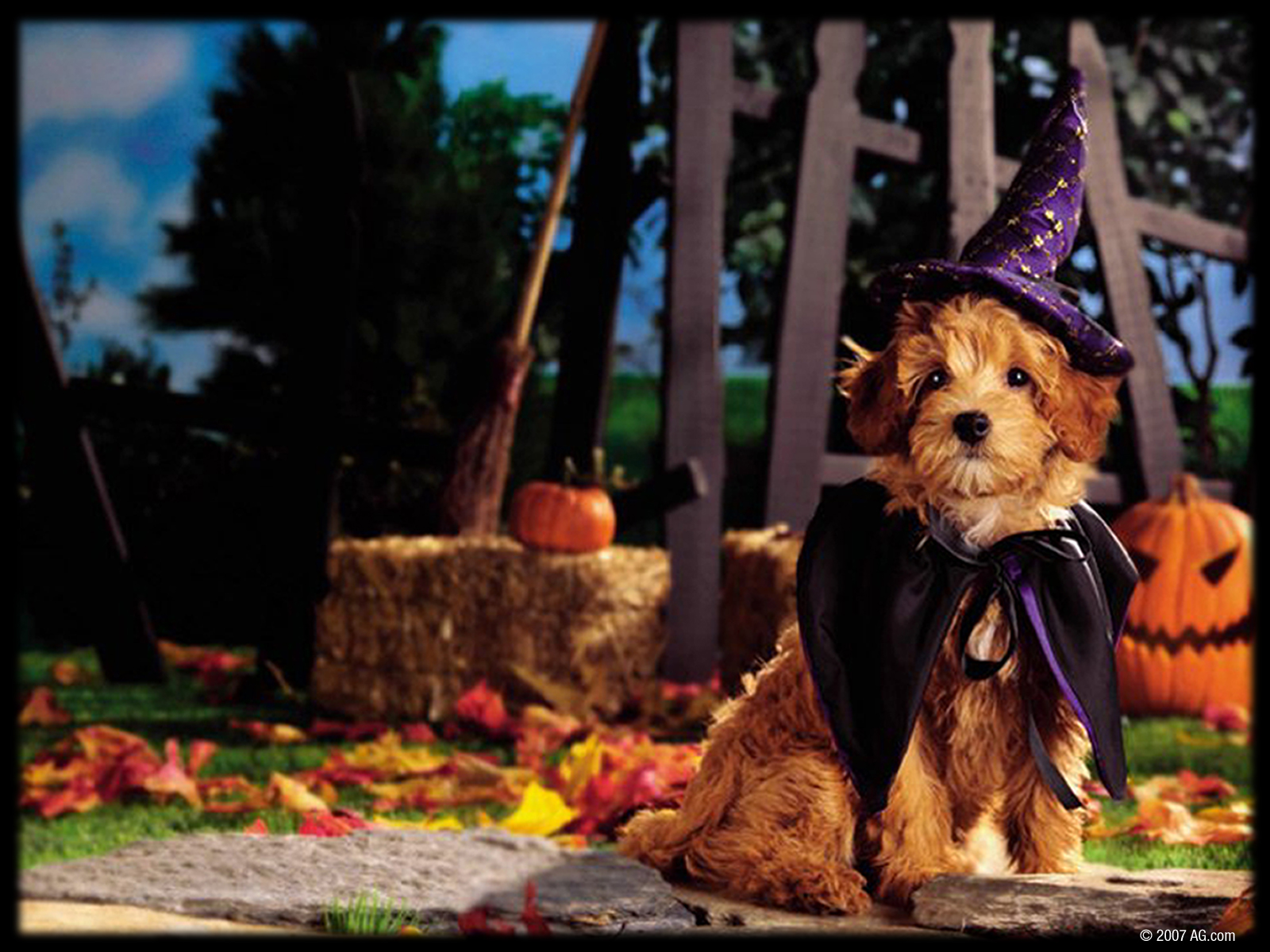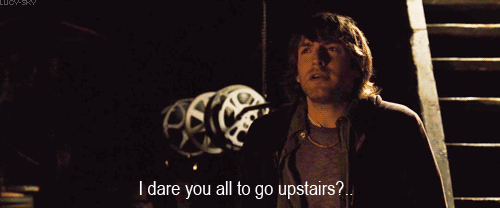The
reading for this week suggested The Hobbit, and it made me feel very
nostalgic. I read The Hobbit when I was 12(like my brother and sister)
and I was in love with the book. I enjoyed the adventure and the message. Even
before that age, I loved reading books, especially fantasy. I read (and
fell in love with) Eragon in the 5th grade as well as Ender’s Game,
Sabriel, The Chronicles of Narnia and books of the like. In fact, the only time I ever played hooky
was in the 5th grade when I pretended to have a stomach ache so I could stay
home and read Percy Jackson. Re-reading The Hobbit brought back all of
these memories and made me think about the reasons that we read fantasy books.
I
think the most common reason (and the one I definitely have) is that fantasy is
a way to escape reality. Reading epic novels allow the reader to leave a monotonous
life behind and live in a fantastical world where anything can happen,
literally. There are no rules when it comes to fantasy, anything goes. This
stretches our imagination to the limit, using the creative side of our brains
which, depending, may not be used frequently in daily life. The reader gets to
explore other worlds, lives, and creatures. It just made everything more
exciting. I was able to set aside my life and delve into the world of these
characters. I also think that the draw comes because it is so different from
real life. There is no way to confuse fantasy with reality. It creates a
complete escape with no reminders of the real world.
Although I haven’t been
reading much since I got to college, re-reading The Hobbit has rekindled
my love, reminding me of why I was always so engrossed in these books. While
they provide an escape, the most important thing is that they were fun. It’s
fun to delve into a new world and experience things you may never experience in
this life.
At least these pugs are more relevant than last weeks' puppies.









